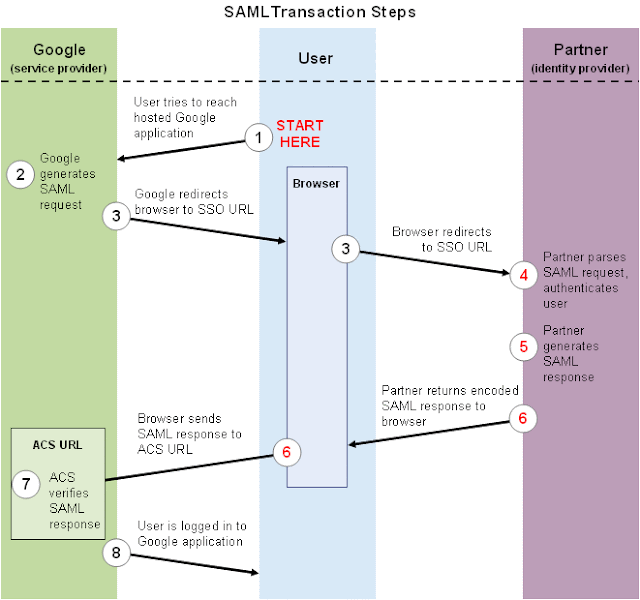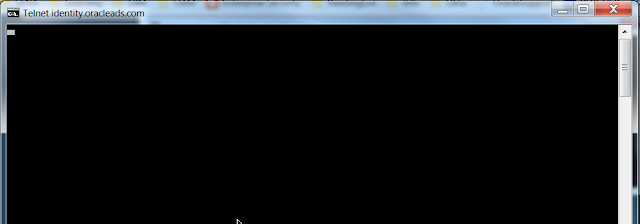Check if the application exists in the APP_INSTANCE table:
select * from APP_INSTANCE where APP_INSTANCE_NAME like '<put application name here>';
If the application does not exists, you will have to either load or create an application first before it can be requested/viewed by catalog.
If the application instance is present, query the catalog table and check if the application is present in the catalog table:
select entity_name, ENTITY_DISPLAY_NAME, IS_DELETED, IS_REQUESTABLE from catalog where category = 'ApplicationInstance' AND entity_display_name like '<put application name here>';
If you get a result, it will mean that application is present in catalog but will not be requestable. Set 'IS_REQUESTABLE' flag to 1 and your application will be reflected in catalog.
If no result is returned by the query, it means that application is present in the application instance table but not in catalog table. To synch up the data, execute the OOTB scheduled task 'Catalog Synchronization Job' with the following parameters:
- Process Application Instances : YES
- Updated Date: Set to blank
- Mode: Full
Post the successful execution of the job, the application will be reflected in catalog.
























